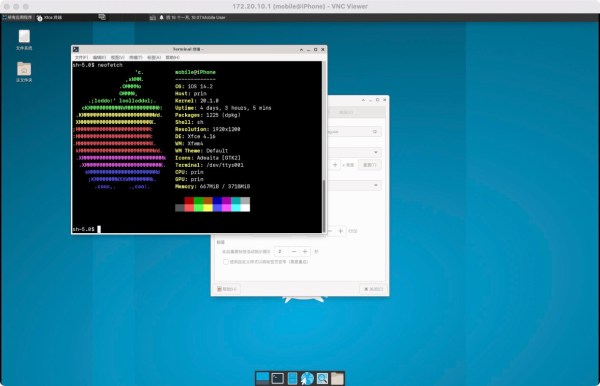Technically, this is a kalimbaphone, and not a piano or even a chordophone since there are no strings. But this handcrafted instrument doesn’t just sound sweet, it’s also mellow, and it’s much nicer than you’re probably imagining. Go check out the short build video, which starts with a demo.
[Mash] started by drilling a bunch of holes into a rectangular piece of wood, and then twisted in wood screws far enough to stay in. Then [Mash] laid Popsicle sticks between each set of screws and tuned them one at a time, starting with middle C. The Popsicle stick version didn’t sound so great, so [Mash] upgraded to tongue depressors and moved the black keys up to their own layer. Unfortunately, the owner has turned off embeds for the video, so you’ll have to watch it on YouTube.
We’d love to see [Mash] figure out a way to make the sticks resonate. In the meantime, check out this 3D-printed grand piano mechanism. And if this build has you in the mood to listen to Popcorn on a homemade instrument, well, we’ve got you covered there.
Thanks to [Keith] for the tip!















